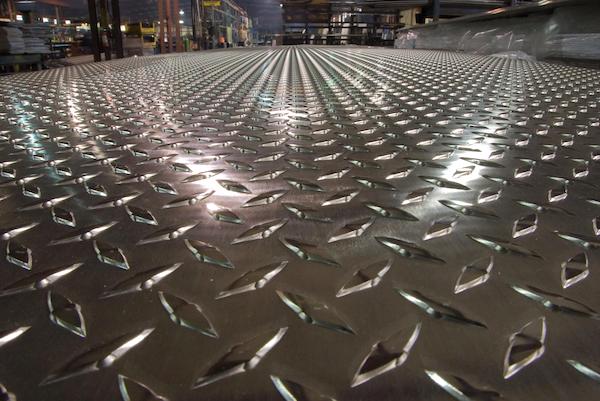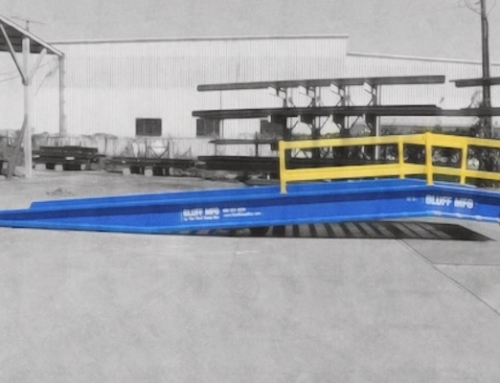A Quieter Footprint

Our industry is showing some fascinating movement in regards to adapting to change.
Steel is the backbone of our business. While we carry the occasional aluminum yard ramp, the vast majority of our inventory is composed of steel.
Processing raw iron alloy and shaping it into an element for construction comes at a heavy cost. Here we are not talking strictly about money: pollution factors in at an alarmingly high rate. Forged steel creates, among other things, greenhouse gas emissions, emissions to water, and metal dust, all of which negatively impact our environment. Some seven percent of CO2 emissions are from iron and steel production.
We have what seems like competing ideas: growth in our construction demands versus reductions in our carbon footprint. How do we balance the two?
The supply-and-demand dance has long fascinated and vexed economists, Wall Street, and manufacturers. As we’ve seen recently with the GameStop controversy, sometimes artificial confidence (and its opposite) can have sudden and dramatic effects.
What if, though, the end result of the demand remained the same, and it was the process that changed?
Jesse Klein’s recent essay in GreenBiz spotlights a remarkable, budding challenge to major players in the steel industry. She writes:
“A new initiative called SteelZero, created by The Climate Group in partnership with ResponsibleSteel, hope to break the cycle on the demand side. The program brings together the top steel buyers across the globe — including construction companies, real estate groups and property developers — and challenges them to commit to procuring 100 percent net-zero emissions steel by 2050.”
As in: picture major participants in the steel industry forging ahead with that demand for clean, 100 percent net-zero steel emissions. The 30-year window allows time for development of the technology, adjustment to reasonable price points, and saturation of the supply chain.
Impossible? A decade ago, the old guard of the fossil fuel industry might well have said (or thought) (or hoped) that hydrogen- and battery-powered vehicles was a pipe dream. Yet, late last month General Motors ⏤ the world’s fourth-largest vehicle manufacturer and the largest in the United States ⏤ announced its plan to sell only zero-emission vehicles by 2035.
In that context, zero-emission steel by 2050 is not so much a pipe dream as it is a realistic girder for the industry.
As Jesse Klein quotes Jim Norris, senior project manager for SteelZero: “We’re really wanting to show a commitment directly to steel producers that the buyers are ready. It’s up to steel producers and policymakers to step up to market and really accelerate the decarbonization of steel production.”
We’ll explore different aspects of cleaner steel throughout the year. In the meantime, steel yourself for such a promising change.

Click HERE to read McCoy’s rules of engagement.





